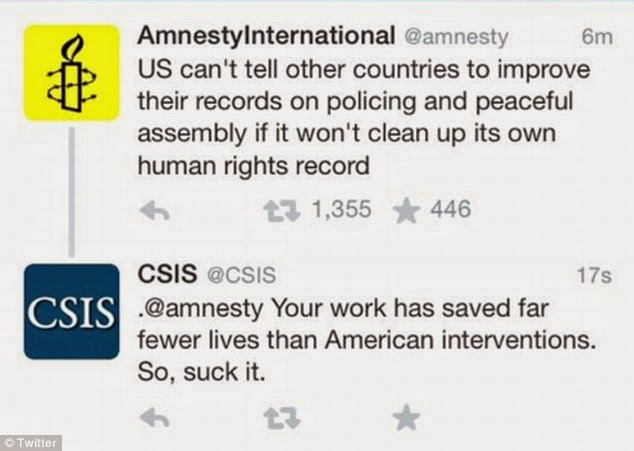The DRECP: To Protect or Undo the Desert?

The Department of Interior this week will unveil the draft Desert Renewable Energy Conservation Plan (DRECP), and it is a big deal. The DRECP will establish "development focus areas" where the review and approval of large-scale renewable energy projects will be streamlined, and will identify other lands for additional conservation measures. How much of each - destruction and conservation - and which lands will be affected will be revealed in the draft later this week. The DRECP is a big deal because it will propose the most significant changes to how we manage the California desert since Congress first ordered Interior to take better care of the of these lands decades ago. In 1976, Congress passed the Federal Land Policy and Management Act that ordered Interior to establish the California Desert Conservation Area Plan (CDCA) "to provide for the immediate and future protection and administration of the public lands in the California desert within the framewor...



